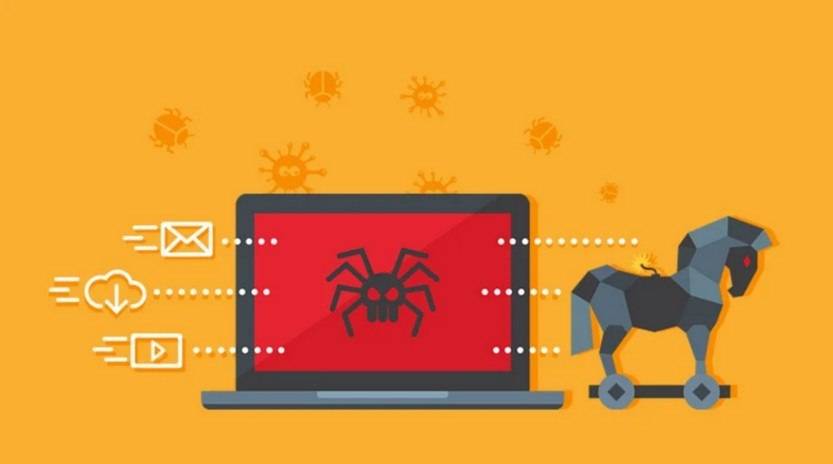PayPal ‘You Sent A Payment To Netflix’ Phishing Scam Email
Scammers are constantly finding new ways to deceive unsuspecting individuals and steal their personal information or money. One prevalent scam that has been circulating recently is the PayPal ‘You Sent A Payment To Netflix’ phishing scam email. This article aims to provide valuable insights into what this scam is, how it works, what to do if you have fallen victim, and other relevant data to help readers stay informed and protected.

What is the PayPal ‘You Sent A Payment To Netflix’ Phishing Scam Email?
The PayPal ‘You Sent A Payment To Netflix’ phishing scam email is an attempt by cybercriminals to trick PayPal users into revealing their login credentials and other sensitive information. The email typically appears to be from PayPal, informing the recipient that they have made a payment to Netflix and providing a link to cancel the transaction if it was not authorized.
However, the link in the email does not lead to the official PayPal website. Instead, it directs users to a fake website that closely resembles the legitimate PayPal login page. Once users enter their login credentials on this fake page, the scammers capture the information and can use it to gain unauthorized access to the victim’s PayPal account.
How Does the Scam Work?
The PayPal ‘You Sent A Payment To Netflix’ phishing scam email works by exploiting the trust users have in PayPal and the urgency created by the mention of an unauthorized payment. Here is a step-by-step breakdown of how the scam typically unfolds:
- The scammer sends a phishing email to a large number of PayPal users, making it appear as if it is from PayPal.
- The email subject line usually reads something like “You Sent A Payment To Netflix – Transaction ID: XXXX.”
- The email body contains a message informing the recipient that a payment has been made to Netflix and provides a link to cancel the transaction if it was not authorized.
- When the recipient clicks on the link, they are directed to a fake PayPal login page that closely resembles the legitimate one.
- Unsuspecting users enter their login credentials on the fake page, believing they are canceling the unauthorized payment.
- The scammers capture the entered information and gain unauthorized access to the victim’s PayPal account.
What to Do If You Have Fallen Victim?
If you have fallen victim to the PayPal ‘You Sent A Payment To Netflix’ phishing scam email, it is crucial to take immediate action to protect your account and personal information. Here are the steps you should follow:
- Change your PayPal password: Go directly to the official PayPal website and change your password. Make sure to choose a strong, unique password that is not used for any other accounts.
- Review your account activity: Check your PayPal account for any unauthorized transactions and report them to PayPal immediately.
- Enable two-factor authentication: Set up two-factor authentication for your PayPal account to add an extra layer of security.
- Scan your device for malware: Run a scan with Malwarebytes Free or any reputable antivirus software to ensure your device is not infected with malware.
- Be cautious of future emails: Be vigilant of any suspicious emails claiming to be from PayPal or other financial institutions. Always verify the legitimacy of the email by directly visiting the official website or contacting customer support.
Other Relevant Data
It is important to note that PayPal will never ask for your login credentials or sensitive information via email. They have robust security measures in place to protect their users and will always address you by your full name in their communications. If you receive an email that seems suspicious, do not click on any links or provide any personal information.
Phishing scams like the PayPal ‘You Sent A Payment To Netflix’ scam are constantly evolving, and it is crucial to stay informed and educated to protect yourself. Regularly update your knowledge about the latest scams and security practices to ensure your online safety.
Summary
The PayPal ‘You Sent A Payment To Netflix’ phishing scam email is a deceptive attempt by scammers to trick PayPal users into revealing their login credentials and other sensitive information. By posing as PayPal and creating a sense of urgency, the scammers aim to exploit the trust users have in the platform. If you have fallen victim to this scam, it is important to take immediate action by changing your password, reviewing your account activity, enabling two-factor authentication, and scanning your device for malware. Always be cautious of suspicious emails and verify their legitimacy before taking any action. Stay informed and educated about the latest scams to protect yourself from falling victim to phishing attacks.










